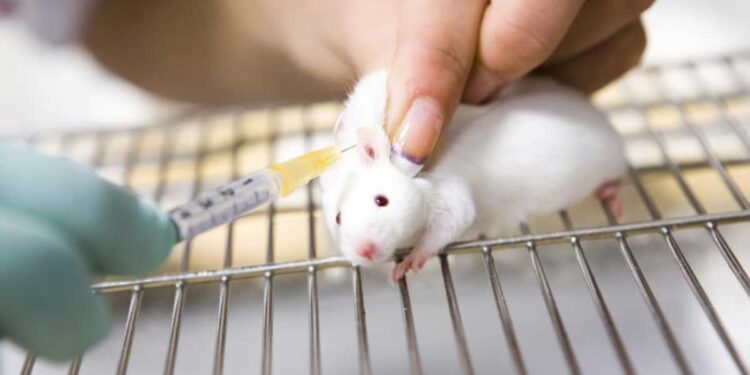Agencies-Gaza post
Mice experiments to solve mental human problems
After stunning the world in 2019 with their ability to drive miniature cars, University of Richmond rats are part of a pioneering project that explores the contribution of environmental enrichment to shaping the brain, which in the long term will help solve mental health problems in humans.
On a racetrack, the Black Tail rat spends a few seconds sniffing the place, before putting its legs on a crane and driving at full speed… and when it reaches its destination, it devours a well-earned treat.
This experiment “draws people’s attention to the intelligence and learning ability of these animals,” says Kelly Lambert, director of the Behavioral Neuroscience Laboratory at the University of Richmond.
Lambert considers that one of the greatest failures of modern medicine is its inability to treat mental illness with the help of drugs, even though pharmaceutical companies are making money in this field.
These pharmacological approaches are increasingly being called into question, after a major study was published in July that questioned the theory that chemical imbalances, particularly a lack of serotonin, would cause depression.
Instead, Kelly Lambert argues that behavioral therapy is the key to curing the mind, hence the study on small mammals.
“Our brains change from womb to grave,” she says, explaining that having an active life, in one way or another, can affect the likelihood of depression.
In an earlier experiment, rats were divided into a first group that included rodents that had to make an effort to get a reward – in this case digging in a pile of soil – and a control group in which the rats got rewards without payment.
In the face of stressful tasks, the first group of rats survived longer than those adapted to survive in a state scientists call “learned helplessness.”
When they had to swim, the first group rats had a hormonal response indicating greater emotional resilience.
The rats who learned to drive also showed greater emotional coherence and lower levels of stress, which may be linked to the satisfaction of learning new skills, according to Kelly Lambert.
“These animals make paths in nature that they take all the time, and we wanted to see if they could maintain this excellent sense of direction in a vehicle,” says researcher Olivia Harding.
Besides, learning wasn’t easy: mice first had to operate the controls by tapping their snouts, before scientists discovered that they preferred to stand on their hind legs and use the front ones to drive.
Even when the vehicle was in an unusual position, the rodents were able to steer it the right way and get candy, a testament to their advanced cognitive ability.
The rats in this experiment, called “black tail” and “multicolored tail”, showed the ability to “pre-empt” by fidgeting when humans arrived and speeding up in an attempt to climb the walls of cages.
Just like humans, not all mice have the same interests: while some seem to enjoy driving themselves, others do it just for rewards, and a third group doesn’t even care.
Scientists have long ignored female mice, believing that their four-day menstrual cycle could alter research results, thus depriving themselves of in-depth knowledge about them.
This phenomenon has been combated by Kelly Lambert in her own experiments, while the federal requirements for receiving funds for research in the United States encourage her to follow her example.
The director of the Behavioral Neuroscience Laboratory realized early in her career that studying mice living in cages with an environmental “without enrichment”, that is, without obstacle races or activities, was not as interesting as studying quarantined and isolated humans.
For example, mice raised in cages without environmental enrichment were more successful at driving a car than others.
Her latest research concludes that wild rats have larger brains than lab rats, more neurons, a larger spleen for better disease control, and significantly higher stress levels.
Which leads us to a philosophical question: Are we akin to lab rats, or those in cages with ecological enrichment, or those that live in the wild?
“I feel a little bit more like a lab rat than a wild rat,” Kelly Lambert replies with a laugh.
Wild mice that had to forage in the litter daily and avoid predators might have behavior similar to that of our ancestors, and humans can draw lessons from them in terms of mental resistance.






















